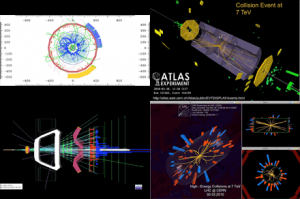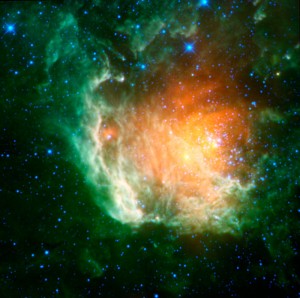I, For One, Welcome Our New Arsenic-Replacing-Phosphorus-In-DNA Overlords
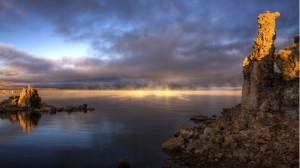 Yeah! This is just the sort of thing I’d hoped that we (human beings) would find soon, in order to strengthen the idea that in looking for forms of life elsewhere, we be not just open to the idea that the basic chemistry for that life may be very different from what we are used to on earth (easier said than done), but that it is maybe even probable that this is what we could find first. Now, given the news today (announced by Felisa Wolfe-Simon and her team in a NASA press conference today and reported on in a paper to appear in Science) we know that it is not just a theoretical construction, but already a reality right here on earth. The researchers have identified a life form with a striking difference. The bacterium (which lives in Mono Lake – see NASA image above right) has DNA (and some other important complex molecules) with a major difference from all other forms we know. phosphorus has been replaced by arsenic!
Yeah! This is just the sort of thing I’d hoped that we (human beings) would find soon, in order to strengthen the idea that in looking for forms of life elsewhere, we be not just open to the idea that the basic chemistry for that life may be very different from what we are used to on earth (easier said than done), but that it is maybe even probable that this is what we could find first. Now, given the news today (announced by Felisa Wolfe-Simon and her team in a NASA press conference today and reported on in a paper to appear in Science) we know that it is not just a theoretical construction, but already a reality right here on earth. The researchers have identified a life form with a striking difference. The bacterium (which lives in Mono Lake – see NASA image above right) has DNA (and some other important complex molecules) with a major difference from all other forms we know. phosphorus has been replaced by arsenic!
 This works, by the way, because arsenic is in the same chemical family as phosphorus, being directly below it in the periodic table. Note that this is exactly the sort of thing that has been speculated about a lot in the classic days of science/speculative fiction concerned with alien life, remember? :- Silicon based life forms instead of the Carbon based ones that we know and love on earth. Silicon is again in the same column as […] Click to continue reading this post
This works, by the way, because arsenic is in the same chemical family as phosphorus, being directly below it in the periodic table. Note that this is exactly the sort of thing that has been speculated about a lot in the classic days of science/speculative fiction concerned with alien life, remember? :- Silicon based life forms instead of the Carbon based ones that we know and love on earth. Silicon is again in the same column as […] Click to continue reading this post


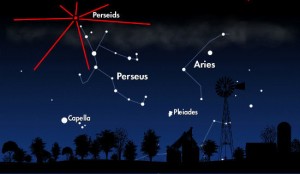
 You can read a bit about the work of my colleague
You can read a bit about the work of my colleague  ]
] 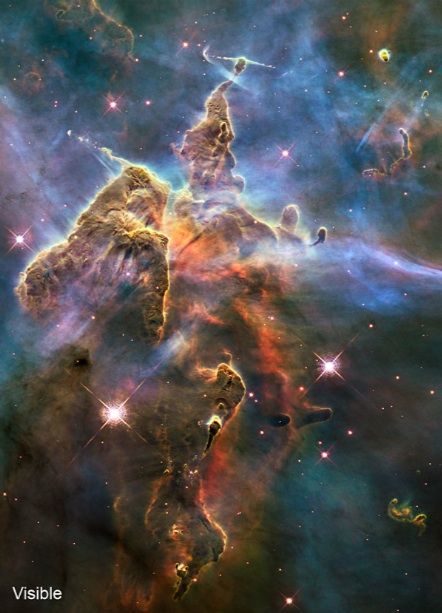
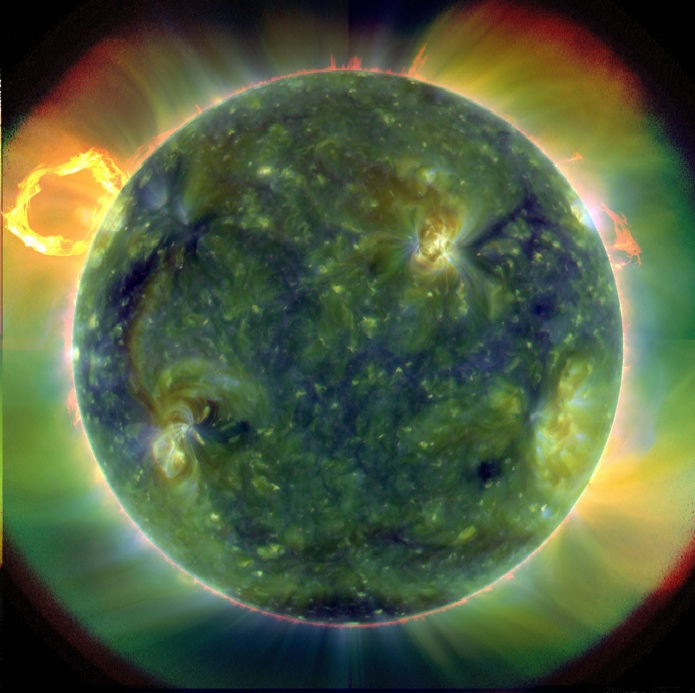 [/caption]
[/caption]

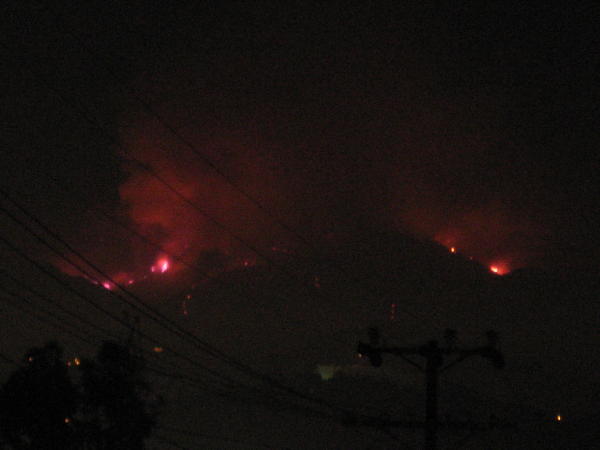 You may recall the terrible fires of last year in the San Gabriel mountains, and the scare about whether the Mount Wilson facility might have been overrun by flames. There were
You may recall the terrible fires of last year in the San Gabriel mountains, and the scare about whether the Mount Wilson facility might have been overrun by flames. There were 
